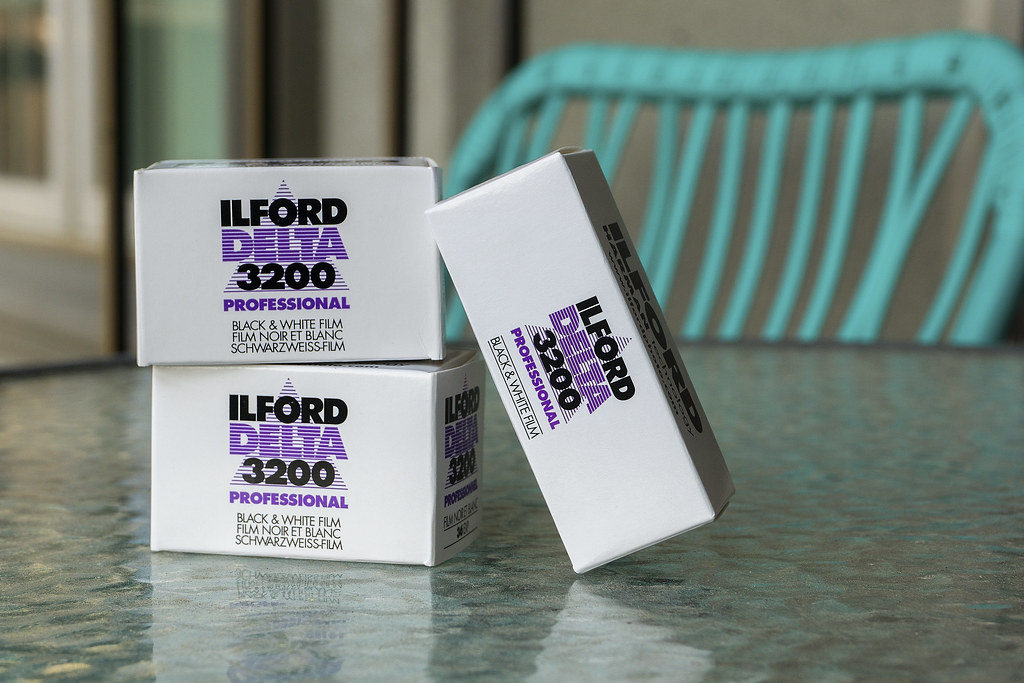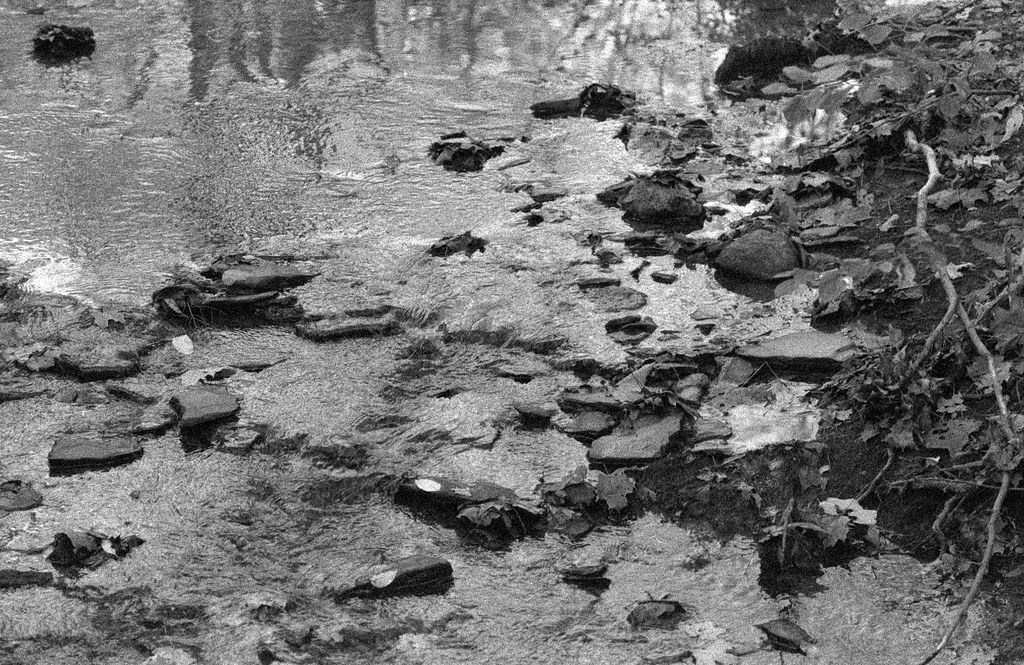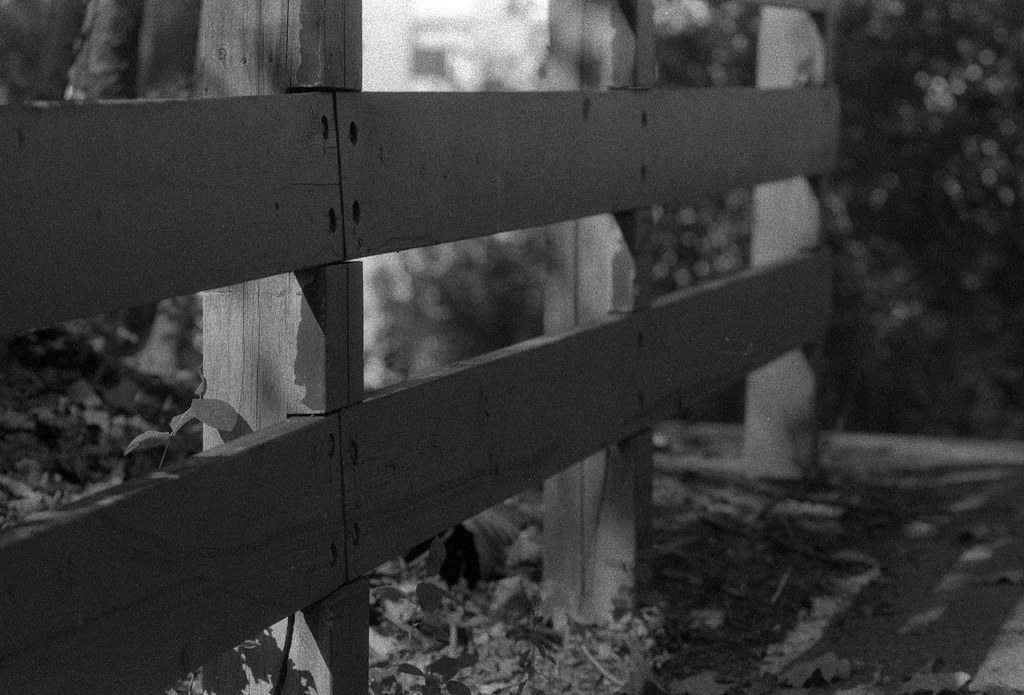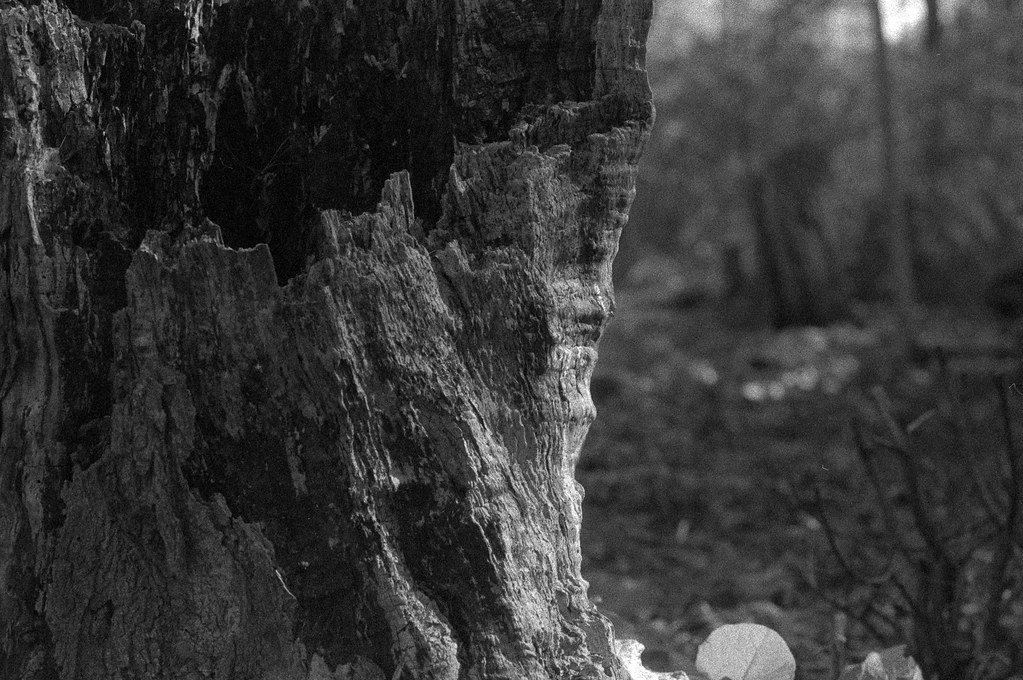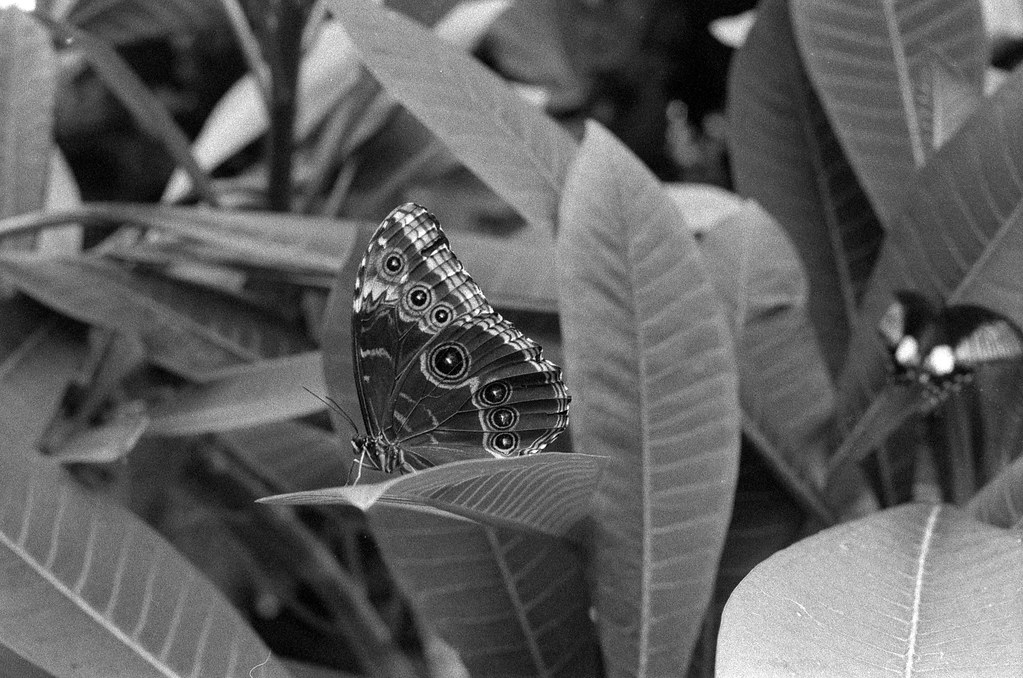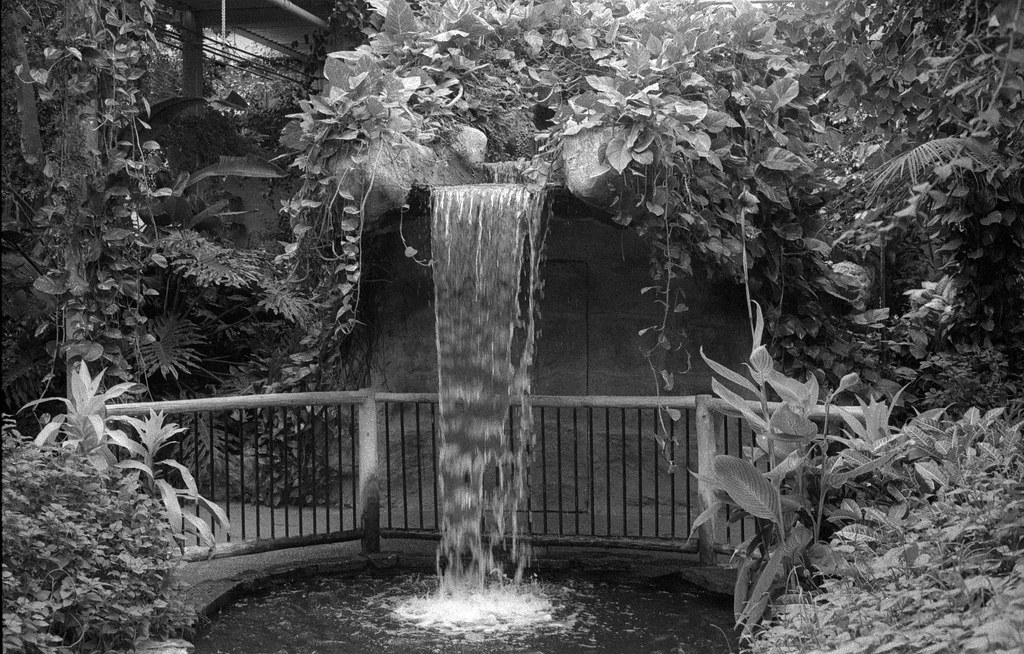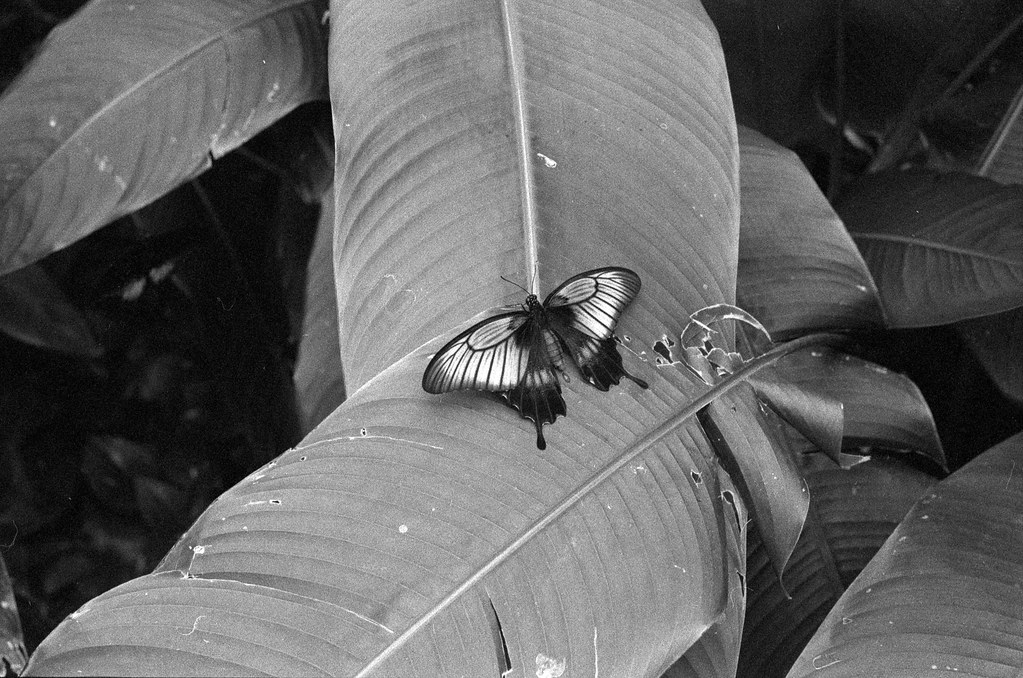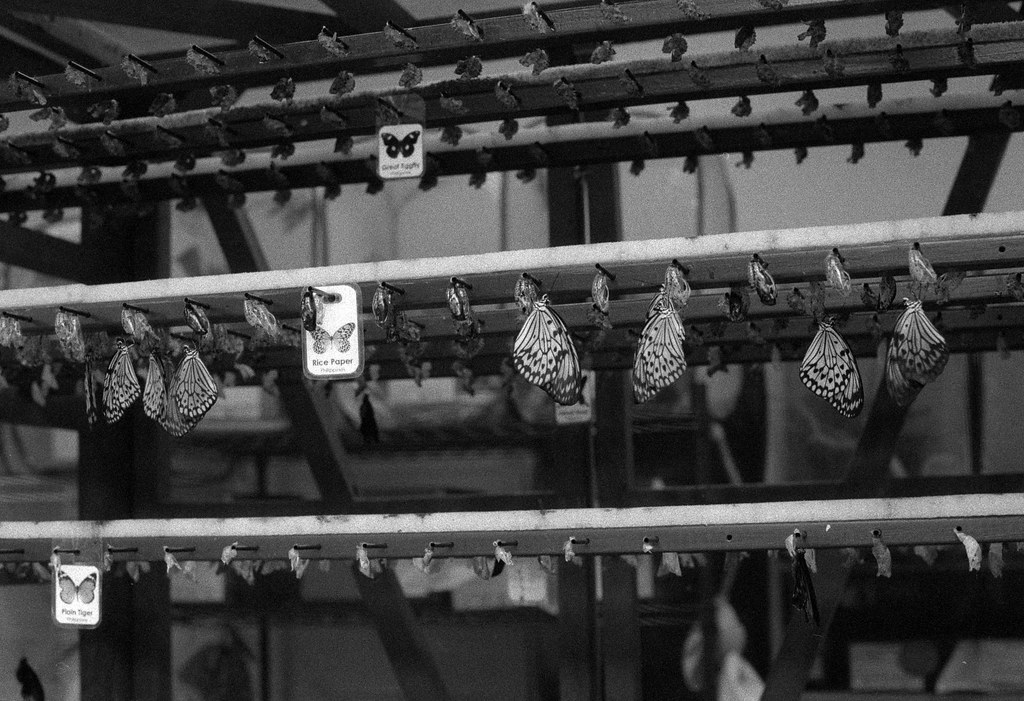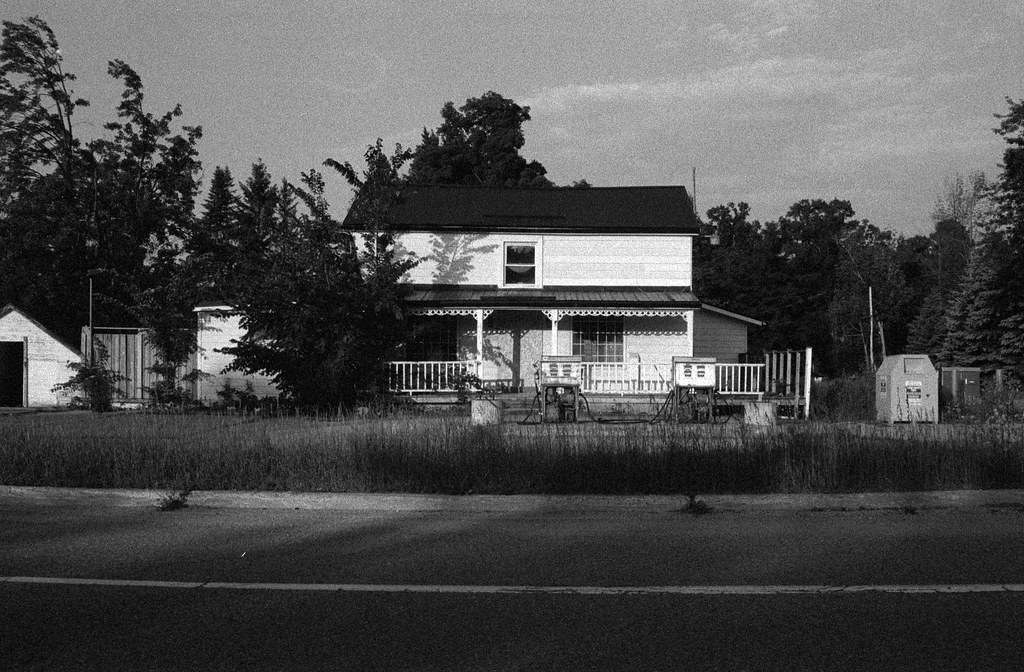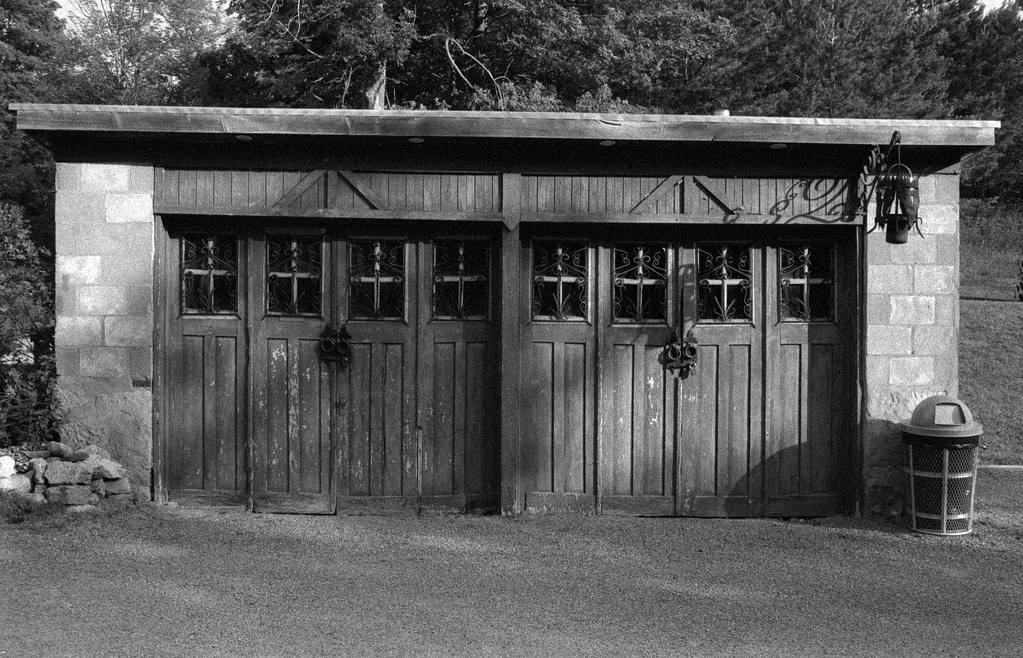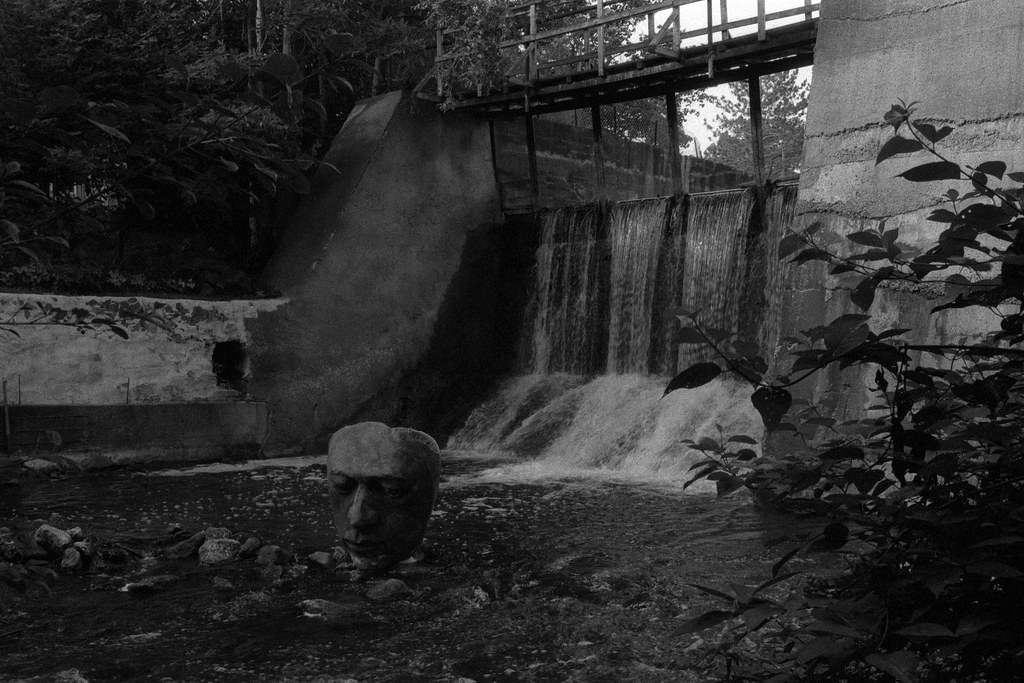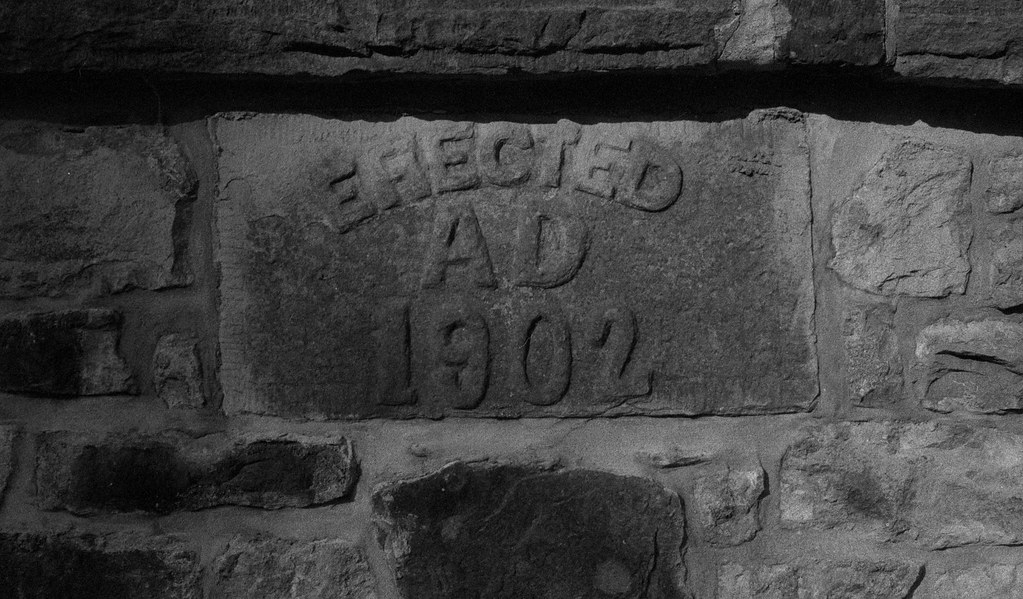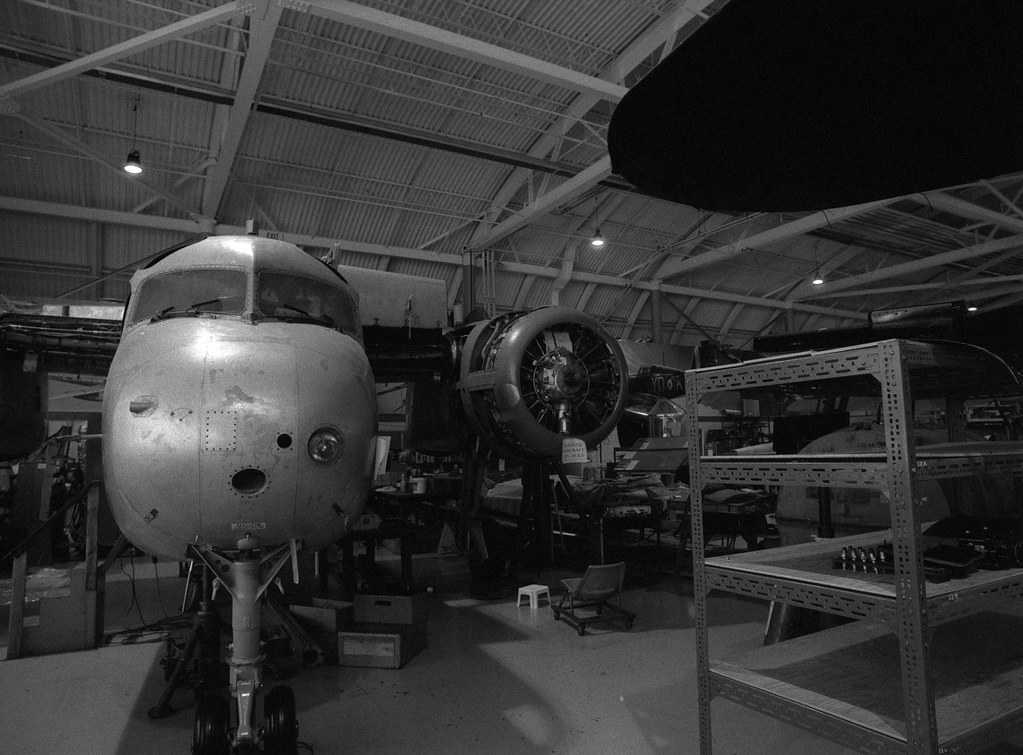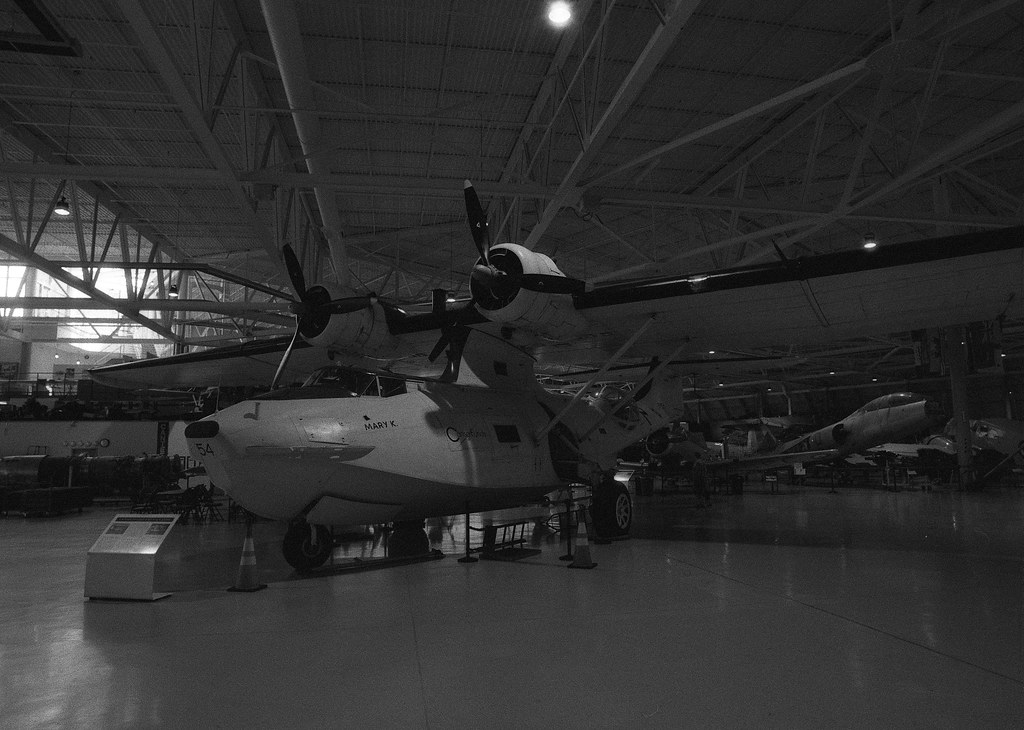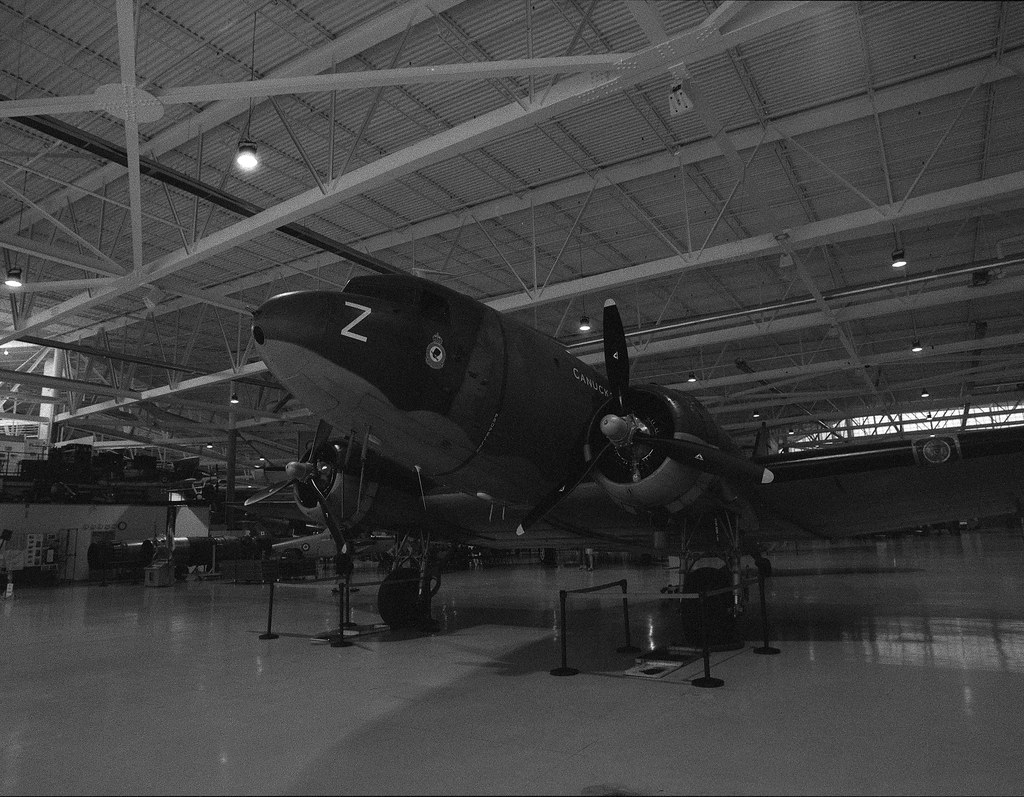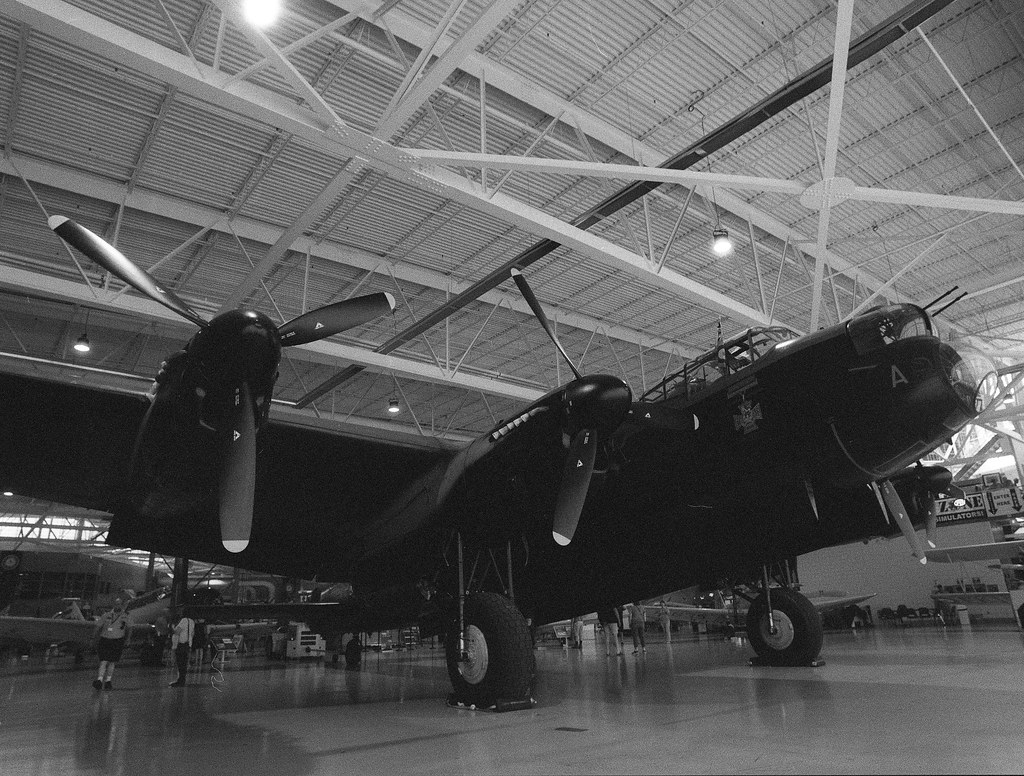You might call Delta 3200 the fast film that survived. When Kodak discontinued P3200, Delta 3200 survived. And even Ilford had one thing that Kodak did not, the 3200 speed film in medium format. However in this case I wanted to shoot all the review rolls in 35mm, for a future head-to-head post. However, at the time I could could get two rolls in 35mm and had to take the third in 120. I have to say, having shoot the stock before I am far happier now with the results than I was then. While not a fan of films faster than 400, I found that Delta 3200 is fairly pleasing, if you shoot it right.
Film Specs
Type: Panchromatic B&W
Film Base: Acetate
Film Speed: ASA-3200, Latitude: 400-25000
Formats Avaliable: 35mm, 120
Roll 01 – Kodak HC-110
Shooting this roll would be one of my first times shooting Delta 3200 in a while, and I have to say I remained rather pleased. Having the latitude to pull a film that’s rather fast to a far slower speed without any major loss of contrast, such there’s grain, but that’s to be accepted, and it is not bad overall for a 3200-speed film. Plus the film has maintained the wide tonal range which again was something I had expected to see some loss. So at first pass, Delta 3200 has so far impressed me.
Technical Details:
Nikon F5 – AF DC-Nikkor 105mm 1:2D – Ilford Delta 3200 @ ASA-800
Kodak HC-110 Dil. B 7:30 @ 20C
Roll 02 – Ilford Microphen
I am honestly impressed with the results here. Sure there’s grain, yes, it’s fairly contrasty (but that’s what delta 3200 is, contrasty), but there’s some amazing stuff here. I find the grain far less and the images much sharper at 1600 in Microphen than at 800 in HC-110. It helped that these were shot in a greenhouse on a day with fairly even light. But still, my personal favourite with these, and I honestly think 1600 is the ideal speed for the film.
Technical Details:
Nikon F90 – AF Nikkor 50mm 1:1.4D – Ilford Delta 3200 @ ASA-1600
Ilford Microphen (Stock) 8:00 @ 20C
Roll 03 – Kodak TMax Developer
I’m rather surprised with these; they turned out exactly as I figured they would. Now unlike the P3200, I shot. Similarly, these were shot outside in daylight, but the results are very close between the two. Heavy contrast, not much in the way of tones. There’s grain, lots of grain, but this helps with the image sharpness. While not my personal favourite choice, I think a fine-grain developer like Xtol would probably work a little better.
Techincal Details:
Nikon F5 – AF Nikkor 35mm 1:2D – Ilford Delta 3200 @ ASA-3200
Roll 04 – Kodak D-76
When I pulled the roll out of the tank I was blown away, the images looked far better than when I shot TMax P3200 this fast. Now, to be fair and honest, I think the amazing results have a little to do with the fact I shot these on 120 film rather than 35mm. That aside, the images are clean, sure they’re high-contrast, and sure there’s more grain than you’d expect from medium format. But the images look amazing! For the mixed lighting inside a museum, the film performed perfectly given the situation. Now, I do want to try this using a compensating developer to see what the film can do!
Technical Details:
Mamiya m645 – Mamiya-Sekor C 35mm 1:3.5 N – Ilford Delta 3200 @ ASA-6400
Kodak D-76 (Stock) 13:00 @ 20C
Final Thoughts
Despite the strong performance, I remain unsure about high-speed films, that is I’m wary of anything over ASA-800. But in the case of Delta 3200, I find that it performs well at ASA-800 or ASA-1600. The ASA-3200 results are par for the course, and it performs beautifully at ASA-6400. Of course, in many of these cases I only used a compensating developer in one case, but as I’m just reviewing the film, not the developer, I’m left with that. Still, as high-speed films go, Delta 3200 is certainly a winner, and with the ability to purchase it in both 35mm and 120, you have plenty of creative control. Not to mention it’s available pretty much everywhere both instore and online!
